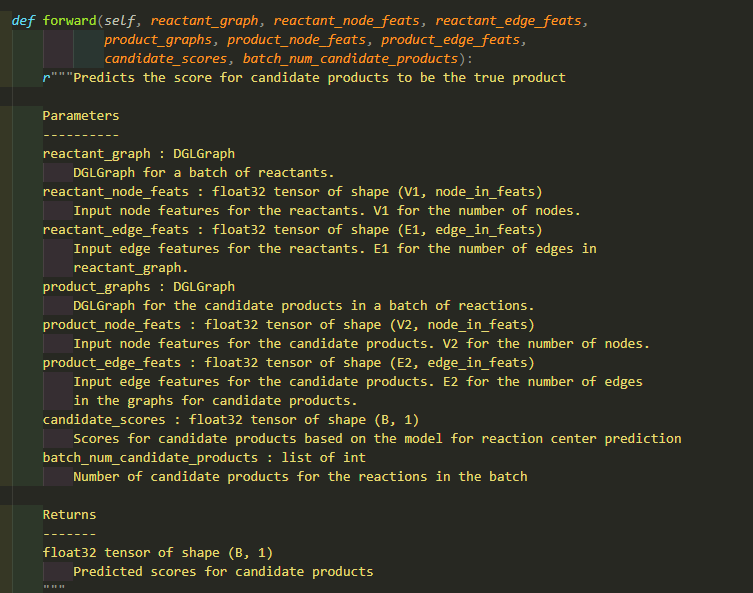Documentation | Discussion Forum
We also have a slack channel for real-time discussion. If you want to join the channel, contact [email protected].
Deep learning on graphs has been an arising trend in the past few years. There are a lot of graphs in life science such as molecular graphs and biological networks, making it an import area for applying deep learning on graphs. DGL-LifeSci is a DGL-based package for various applications in life science with graph neural networks.
We provide various functionalities, including but not limited to methods for graph construction, featurization, and evaluation, model architectures, training scripts and pre-trained models.
For a list of community contributors, see here.
DGL-LifeSci should work on
- all Linux distributions no earlier than Ubuntu 16.04
- macOS X
- Windows 10
It is recommended to create a conda environment for DGL-LifeSci with for example
conda create -n dgllife python=3.6
DGL-LifeSci requires python 3.6+, DGL 0.7.0+ and PyTorch 1.5.0+.
Additionally, we require RDKit. The easiest way to install RDKit is
pip install rdkit
If you need to work on the example of JTVAE, then you need RDKit 2018.09.3. We recommend installing it with
conda install -c rdkit rdkit==2018.09.3
For other installation recipes for RDKit, see the official documentation.
pip install dgllife
If you want to try experimental features, you can install from source as follows:
git clone https://github.com/awslabs/dgl-lifesci.git
cd dgl-lifesci/python
python setup.py install
Once you have installed the package, you can verify the success of installation with
import dgllife
print(dgllife.__version__)
# 0.3.2DGL-LifeSci provides command line interfaces that allow users to perform modeling without any background in programming and deep learning. You will need to first clone the github repo.
For a full list of work implemented in DGL-LifeSci, see here.
If you use DGL-LifeSci in a scientific publication, we would appreciate citations to the following paper:
@article{dgllife,
title={DGL-LifeSci: An Open-Source Toolkit for Deep Learning on Graphs in Life Science},
author={Mufei Li and Jinjing Zhou and Jiajing Hu and Wenxuan Fan and Yangkang Zhang and Yaxin Gu and George Karypis},
year={2021},
journal = {ACS Omega}
}







